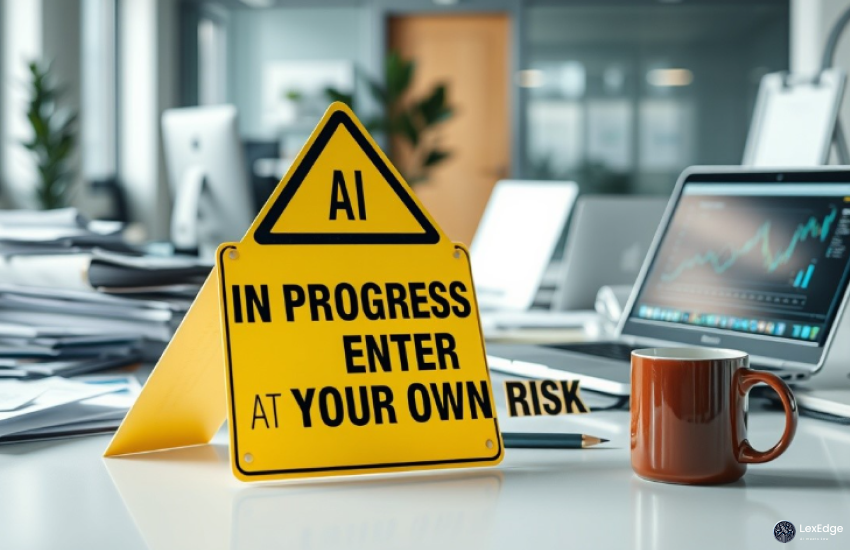Risk Assessment Using AI in Legal Contexts

Introduction The New Frontier in Legal Risk Management

The legal landscape is undergoing a profound transformation as artificial intelligence (AI) reshapes how risk is identified, assessed, and mitigated. In an era of constantly evolving regulatory requirements and an explosion of data, traditional risk management methods often fall short. AI-driven risk assessment offers a powerful solution, enabling legal professionals and organizations to navigate complexity with greater speed, accuracy, and foresight.
Background The Evolution of Legal Risk Assessment

Historically, legal risk assessment relied on manual review, expert judgment, and static checklists. These methods, while valuable, were time-consuming and prone to human error. The digital revolution introduced vast amounts of legal data, complicating comprehensive risk analysis. AI emerged as a game-changer, automating routine tasks and unlocking deeper insights from complex, unstructured information.
Core Ideas How AI Transforms Legal Risk Assessment

AI and machine learning (ML) technologies have introduced several transformative capabilities in legal risk management :
1. Automated Regulatory & Compliance Monitoring : AI algorithms scan and analyze real-time regulatory changes, alerting compliance teams and reducing non-compliance risks.
2. Predictive Analytics for Risk Assessment : ML models analyze historical compliance data and risk indicators to forecast potential future risks, enabling proactive responses.
3. Anomaly Detection and Fraud Prevention : AI systems analyze transactional data to detect unusual patterns that may signal fraud or regulatory breaches.
4. Contract Analysis : AI tools quickly review contracts, flagging risks and inconsistencies, thereby accelerating due diligence.
5. Litigation Risk Assessment : Advanced AI platforms analyze case documents to predict outcomes and support informed legal strategies.
Real-World Applications and Examples

AI’s impact on legal risk management is evident in several real-world applications.
– Contract Review AI tools enable legal teams to efficiently review thousands of contracts, identifying clauses that may pose legal or financial risks.
– Litigation Prediction Law firms use AI to evaluate case outcomes, helping clients decide whether to settle or proceed to court.
– Regulatory Monitoring Compliance departments utilize AI to track legal changes across jurisdictions, ensuring timely updates to policies.
Challenges, Limitations, and Critical Viewpoints

While AI-driven legal risk assessment holds promise, there are notable challenges :
– Data Quality and Bias AI models depend on high-quality data; poor data can lead to flawed assessments.
– Transparency and Explainability Some AI systems can act as black boxes, complicating accountability in legal settings.
– Human Oversight AI should augment human judgment rather than replace it, ensuring ethical outcomes.
– Regulatory Uncertainty The rise of AI raises new legal questions regarding liability, data privacy, and automation limits.
Emerging Trends and Future Possibilities

Several trends point to the future of AI in legal risk assessment :
– Continuous Learning AI systems increasingly refine predictions based on real-world feedback.
– Integration with Legal Workflows AI tools are becoming integral to case management and compliance systems, embedding risk assessment in daily operations.
– Regulatory AI Impact Assessments Structured processes for assessing AI risks are emerging as regulators pursue responsible technology use.
– Global Adoption AI’s sophistication is driving its adoption from large firms to small organizations, democratizing advanced risk assessment.
Conclusion
AI is revolutionizing legal risk assessment, offering unprecedented speed, accuracy, and predictive power. However, the success of implementing AI depends on a thoughtful blend of technology and human expertise. Legal professionals should embrace AI as a tool, invest in data quality, and stay informed on evolving regulations.

